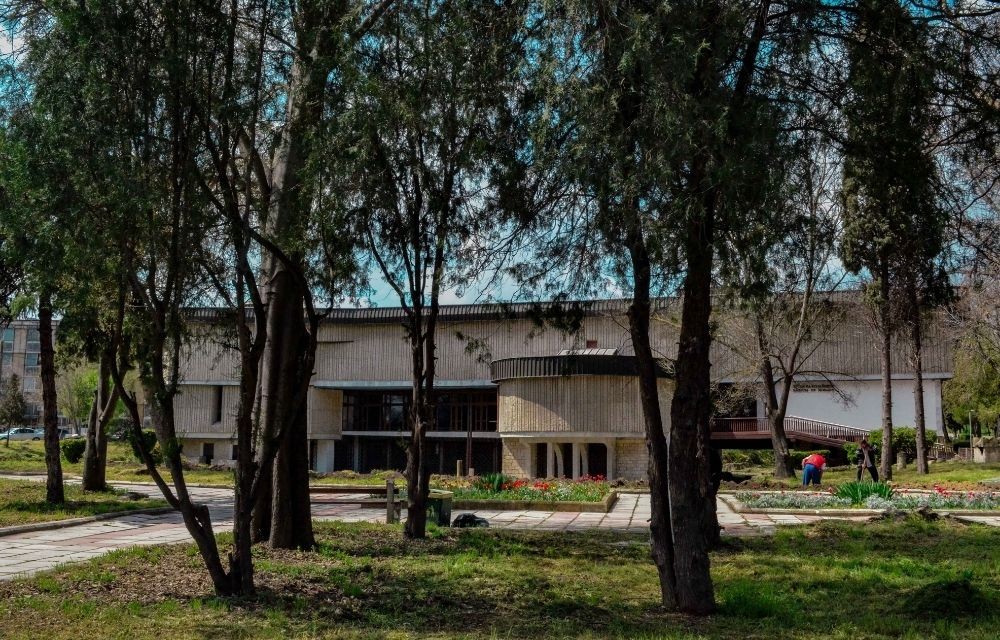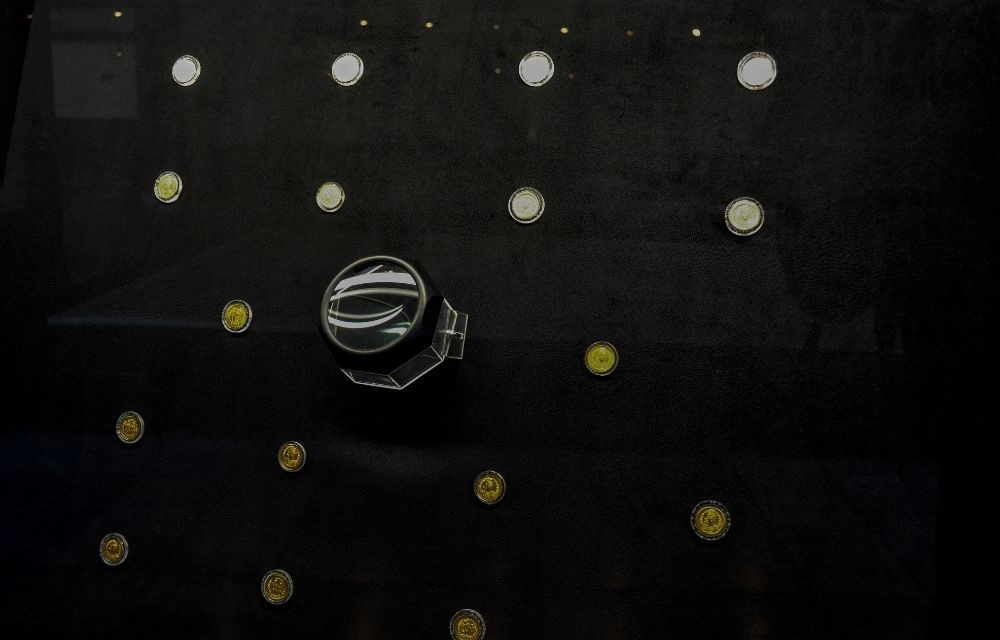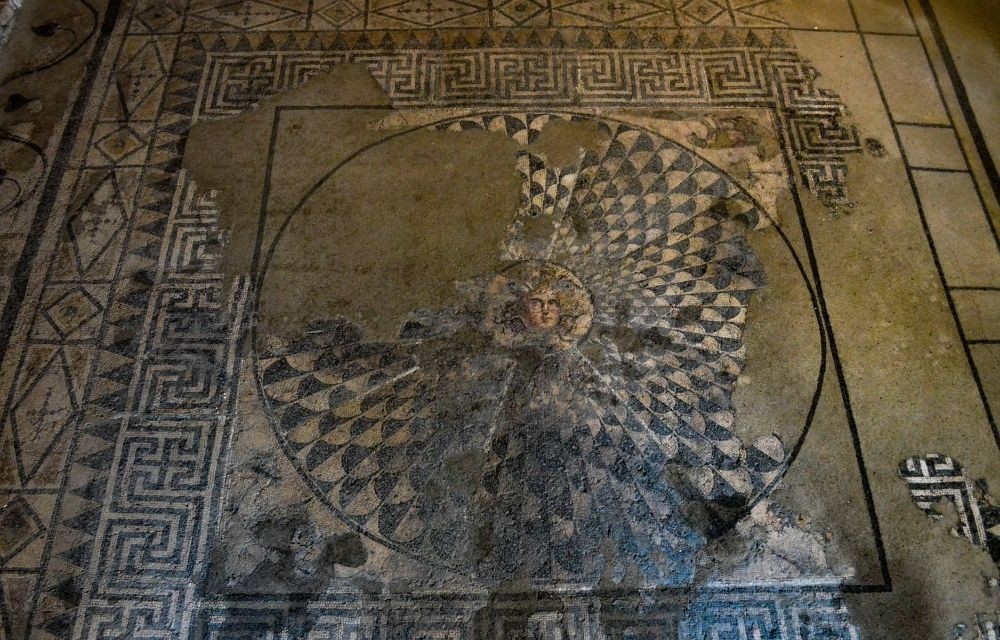Few people travelling to the northern portion of Bulgaria’s Black Sea coast take a turn so they can go and see one of the biggest cities founded in this part of the Balkans during the time of the Roman Empire – Marcianopolis, capital of the Roman province of Lower Moesia. Over its ruins now rises the modern-day town of Devnya. But once, there were magnificent public buildings here, a library, baths and a triumphal arch, and the floors of the houses were lavishly decorated with spectacular mosaics. Some of them are on display at Devnya’s Museum of Mosaics, the only mosaics museum in this country.

At the end of 2019, a little before the outbreak of the Covid-19 pandemic, archaeologists discovered a remarkable gold treasure. While they were studying the remains of a 1,600 year-old Roman building, which was burnt down in the 5th century, they stumbled upon 19 high-carat Roman coins.
“The gold treasure is very clear evidence and dates the great Hunnic invasion of 447 AD when, according to historical sources, Marcianopolis was conquered and burnt down by the Huns,” says Ivan Sutev, director of the Museum of Mosaics. “As a matter of fact more often than not the discovery of treasures is connected with some kind of big natural or human cataclysm. In this case – the destruction and burning down of Marcianopolis. We found these 19 solidus coins – coins from the Late Roman Empire – literally scattered all over the floor of the room. They were probably scattered as people were fleeing, or in some murderous clash. After which, when the house was burnt, a clay wall collapsed on top of them. That was how they survived in mint condition, as, obviously they were not in circulation for long. They actually look as if they were minted yesterday.”

In the same region, in 1929, archaeologists chanced upon one of the biggest treasures found in these lands – 120,000 silver Roman coins weighing 290 kg., the oldest of them minted in the time of Marc Antony. The latest find in the ancient Marcianopolis is from the time of the emperors Theodosius II and Valentinian III and tell intriguing stories of life 16 centuries ago.
“These coins are valuable as exhibits, but they are also a fount of information because there are different scenes depicted on them,” Ivan Sutev says. “On one side of the coin we have the emperor or a member of his family, most often his wife, and on the reverse side – interesting scenes from life. From them we learn of important events in the life of the imperial court during the 5th century. For example, we discovered a coin minted in honour of the coronation of Aelia Eudocia, wife of Emperor Theodosius II. The Byzantine empress is richly dressed and wears jewellery of exceptional beauty, and over her is the hand of God, placing a crown on her head. Another fascinating coin from the treasure depicts the coronation and the bestowing of the title Augustus on Valentinian III, Western Roman Emperor and cousin of Theodosius II.”

Photos: Veneta Nikolova
Father Lyubomir Leontinow is one of three priests at the Cathedral of St Boris the Conqueror in Berlin and was the first priest ordained for the Western and Central European Diocese in 1994. After completing his theology studies in Bulgaria, he settled..
After Cheesefare (Forgiveness) Sunday, the Great Lent has begun on March 3. Orthodox Christians will abstain from eating animal food including meat, eggs, milk and dairy products. The Great Lent symbolizes the 40 days which Jesus spent in the..
Batak is a name every Bulgarian remembers with deference and pain because the fate of the small town in the Rhodopes is scarred by one of the bloodiest events in national memory – the Batak massacre. During the first days after the outbreak of..

+359 2 9336 661
